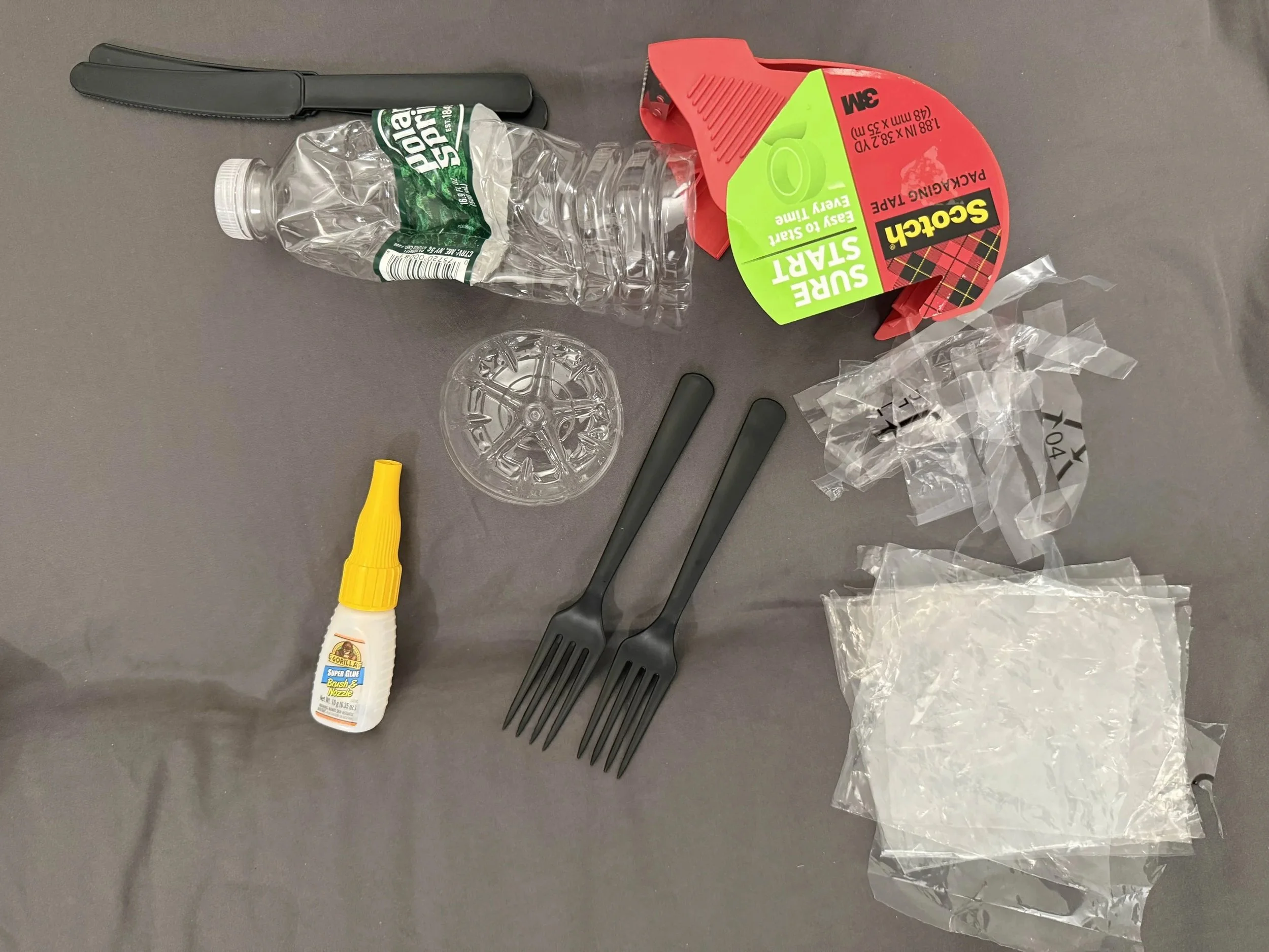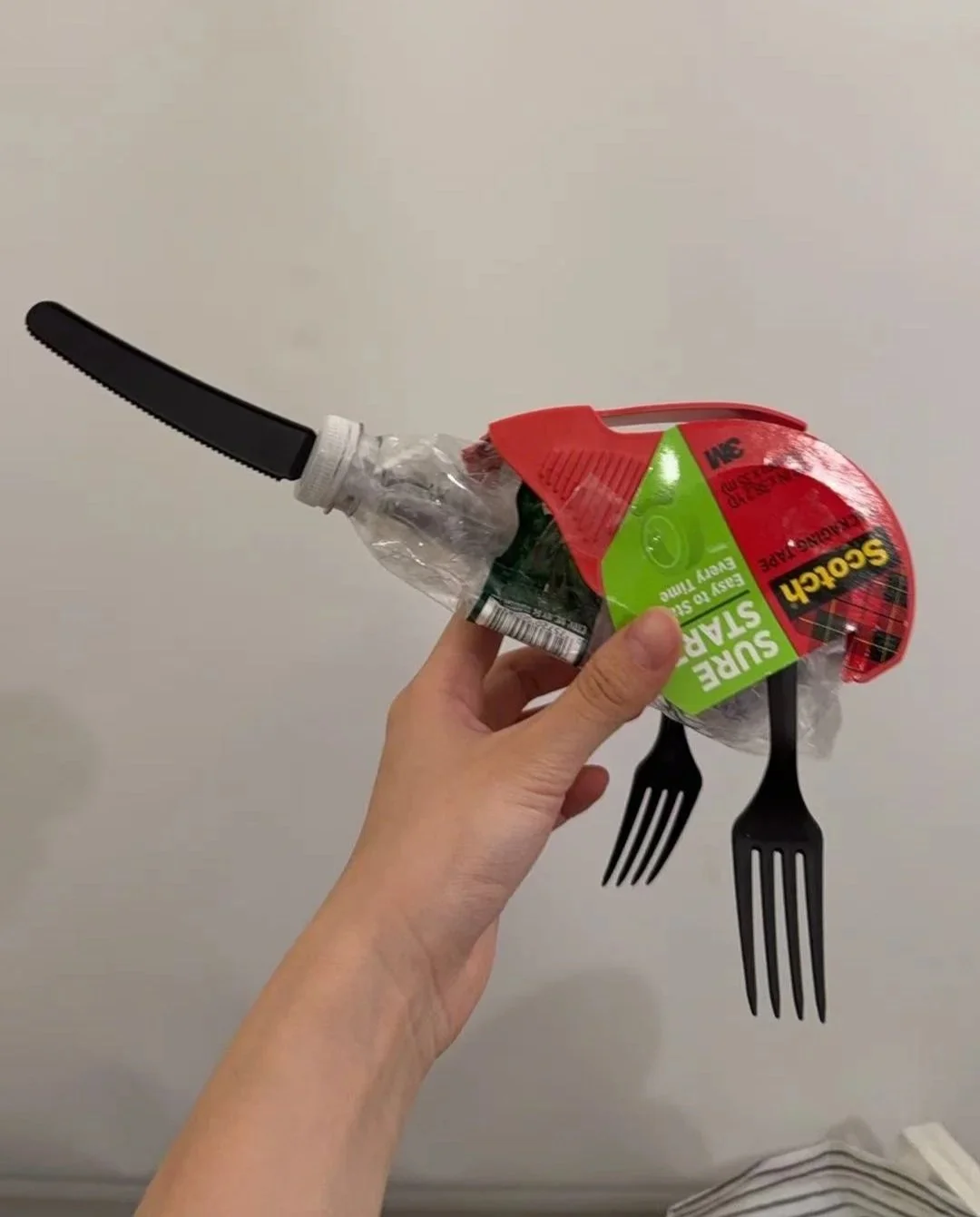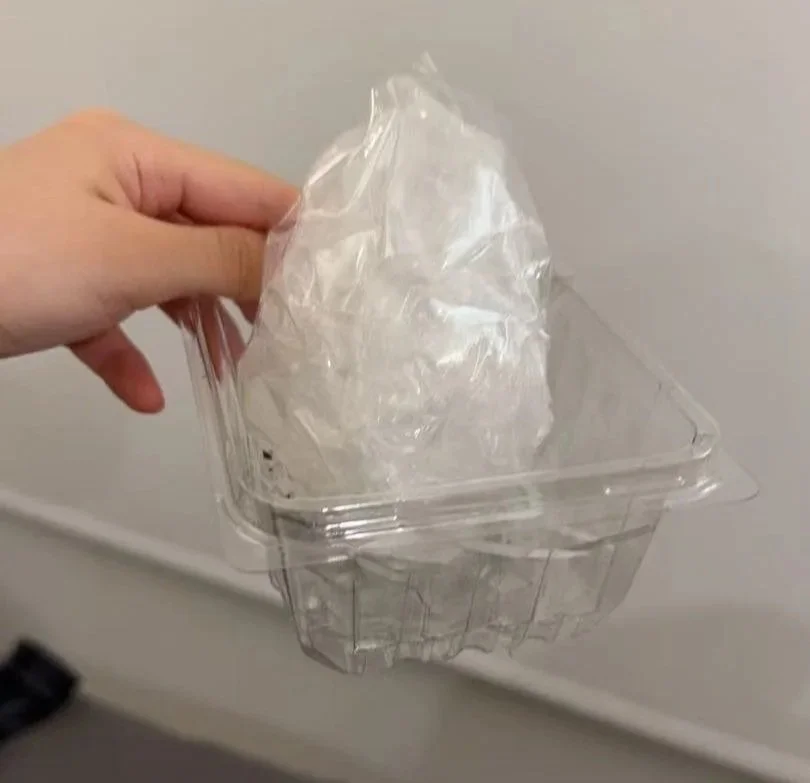Week 3
Reading Reflection
Bill Buxton, Sketching User Experiences
This article introduced something very challenging to me. I am the kind of creator who always wants to make every piece of my work perfect, even at the beginning stage. The result of this can be that I sometimes get too anxious to start my work, thinking it will not be perfect. Therefore, the idea of “making imperfect, quick, and messy sketchings that can be thrown away at any time” is a very unfamiliar way of doing things that can, however, be very helpful for people like me. I think I will practice making sketches and learn to embrace imperfection.
Bill Gaver, Technology Affordances
I have learned the concept of technology affordances before, but this article helps me to understand how to actually achieve technology affordance, so I really appreciate reading it. One concern I have after reading this article is that the same element can sometimes mean different affordances based on the variety of backgrounds of users. Therefore, I feel like it can be hard for designers to make designs that satisfy everyone in terms of affordances.
Bret Victor, A Brief Rant on the Future of Interaction Design
I really like this article. I love it when the author says, “Visions give people a direction and inspire people to act, and a group of inspired people is the most powerful force in the world”. I also think that the imagination of the future - which not only includes actual visions of the future, but also includes artistic works like sci-fi fiction - can heavily direct the way people actually build the future, sometimes even without their consciousness. Therefore, the way the author points out how people should envision the future in a more hands-on, realistic perspective can really change the way people later build the future. Besides, to me, personally, I do prefer the author’s perspective of the future much more than the example they showed at the beginning. :)
Endangered Animal
For this project, I decided to make a kiwi bird from recycled daily containers made from plastic.
Kiwi is a kind of bird that originated in and is found in New Zealand. They are the only Apterygiformes (meaning birds without wings) that are alive today, and four of the five known species of Kiwi are listed as vulnerable, meaning that they are threatened with extinction unless the circumstances that are threatening their survival and reproduction improve.
The main factor that is threatening the kiwi population is the settlement of humans from other continents to New Zealand, which caused both the introduction of alien predators of kiwis and the overconstruction of cities and the destruction of kiwi (and other local birds)’s native habitats. Nowadays, people are working hard on restoring different species of kiwi and protecting kiwis in captive facilities. However, as of 2018, over 70% of all kiwis are still unprotected and living wild in the city, co-living with all the human beings.
Plastic is one of the most used materials in people’s daily lives. Not only does the production of plastic materials cause air and water pollution, but plastic materials also do not break down when thrown away, and instead just pile up in landfills or oceans for hundreds of years.
Although there are many recycling bins or drop-off spots for plastic products, and plastic can be recycled and reshaped into different products - like clothes, shoes, and building materials - most of the things made of plastic are not properly recycled. Instead, they get thrown away in the city, which can often cause negative effects to the living environment of those who live in the city, including both people and the wild animals, like kiwi.
Therefore, I used different kinds of plastic that people often dispose, to imply how human beings’ daily disposal can harm the kiwi’s living environment. I created the body of the bird using a plastic tape dispenser and a water bottle, and I used disposable plastic utensils for the bird’s mouth and foot. I made a kiwi egg with airbags. I cut plastic bags into strips and placed them in a plastic fruit container to build the nest for the egg.
By doing this project, I hope to raise people’s awareness of protecting the environment through their daily trash disposal, for a better living for the wild animals.
Preparing materials
Kiwi!
Egg & nest




